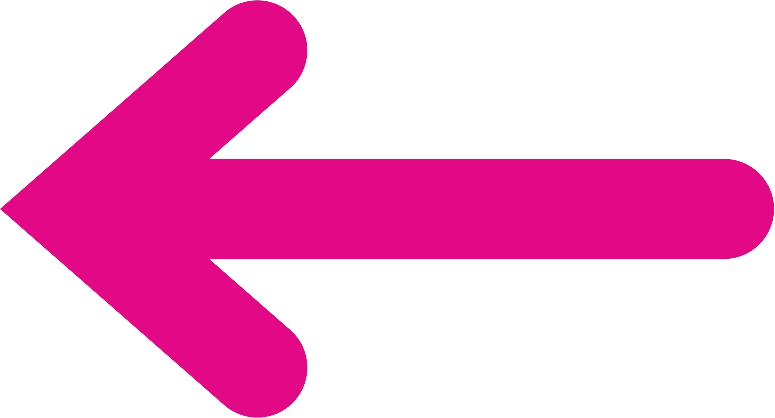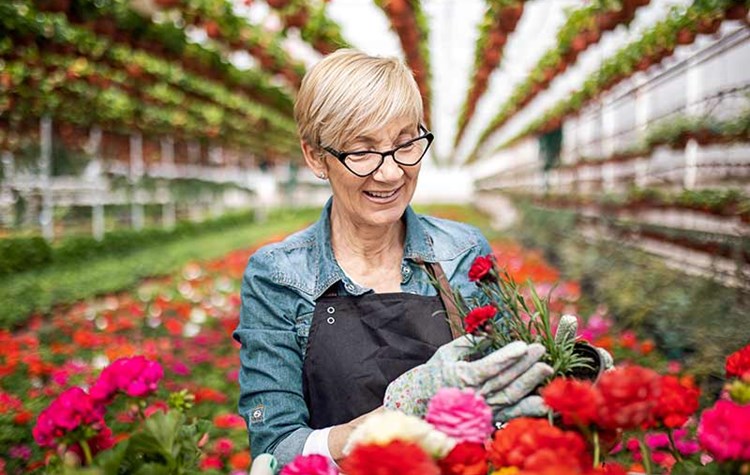If you suffer from varicose veins, you may find summer a difficult time. Whilst some varicose veins are just unsightly and may deter the individual from wearing shorts, skirts or even swimwear in the summer months, others find that the heat can make existing varicose veins feel all the more uncomfortable or painful.
"Hot weather makes veins swell more and this makes the symptoms of discomfort a lot worse. Wearing shorts or skirts as the weather warms up makes the veins more visible. For these reasons we tend to see more patients coming to clinic as winter turns to spring.” says Consultant Vascular Surgeon, Mr Aaron Sweeney.
Who is most likely to suffer from varicose veins?
Varicose veins are common amongst adults (both men and women). Some studies show that upwards of one in three individuals suffer from moderate to severe vein problems as they age. Defined as enlarged sections of a vein, varicose veins are caused by the valves not working properly. Usually found in the legs or feet just below the surface layer of the skin, they can cause unsightly and, in some cases, uncomfortable bulges.
Although a family history of vein issues can play a part, pregnancy and being overweight can also be contributing factors in developing weakened veins. For those in active or physical jobs, such as carpentry, plumbing and the construction trades, prolonged periods of standing can also be a factor, even if an individual is otherwise healthy.
Hot weather vs. varicose veins
Summer heat alone won’t cause them but, if you already have varicose veins, then they can feel much worse in hot weather.
Heat makes all veins dilate, especially on the surface of the skin, as we try to lose heat and maintain a constant body temperature. They can bulge and swell even more than normal, which is what causes the additional aching, throbbing and swelling around the ankle. This is part of the normal response to heat, just like sweating, and doesn't necessarily mean that the veins are abnormal.
The autumn and winter months are generally easier on your varicose veins than the heat of the summer. As the weather cools, veins are less likely to dilate, and you may even notice a reduction in swelling; but as soon as the weather warms up, you may find your veins becoming troublesome again. This is one reason why winter is the best time to get your veins treated!
Non-medical treatments for varicose veins
If you struggle with varicose veins, you may already know that there isn't much you can do except lie down, sit with your feet up or use compression stockings to relieve the discomfort. Many people struggle with compression stockings at the best of times and we often hear complaints that they are even more uncomfortable in hot weather. Staying hydrated and as cool as you can may offer some relief too, but all these tips will only offer short term relief. Seeking out medical treatment is one of the only ways to resolve the issue in the long term.
Treatments for varicose veins at Benenden Hospital
Benenden Hospital offers minimally invasive Endovenous Laser Treatment (EVLT) for varicose veins, and is the largest provider in England for varicose vein removal (PHIN 2022). If you’ve tried using compression stockings, been exercising regularly and elevated your legs while you rest but your veins are still causing you pain or discomfort, our experienced Vascular Consultant can help.
Book your initial consultation today or, for more information on our varicose vein treatments, complete our online enquiry form, contact us using Livechat or call our Private Patient Team on 01580 363158.
Published on 16 February 2022







